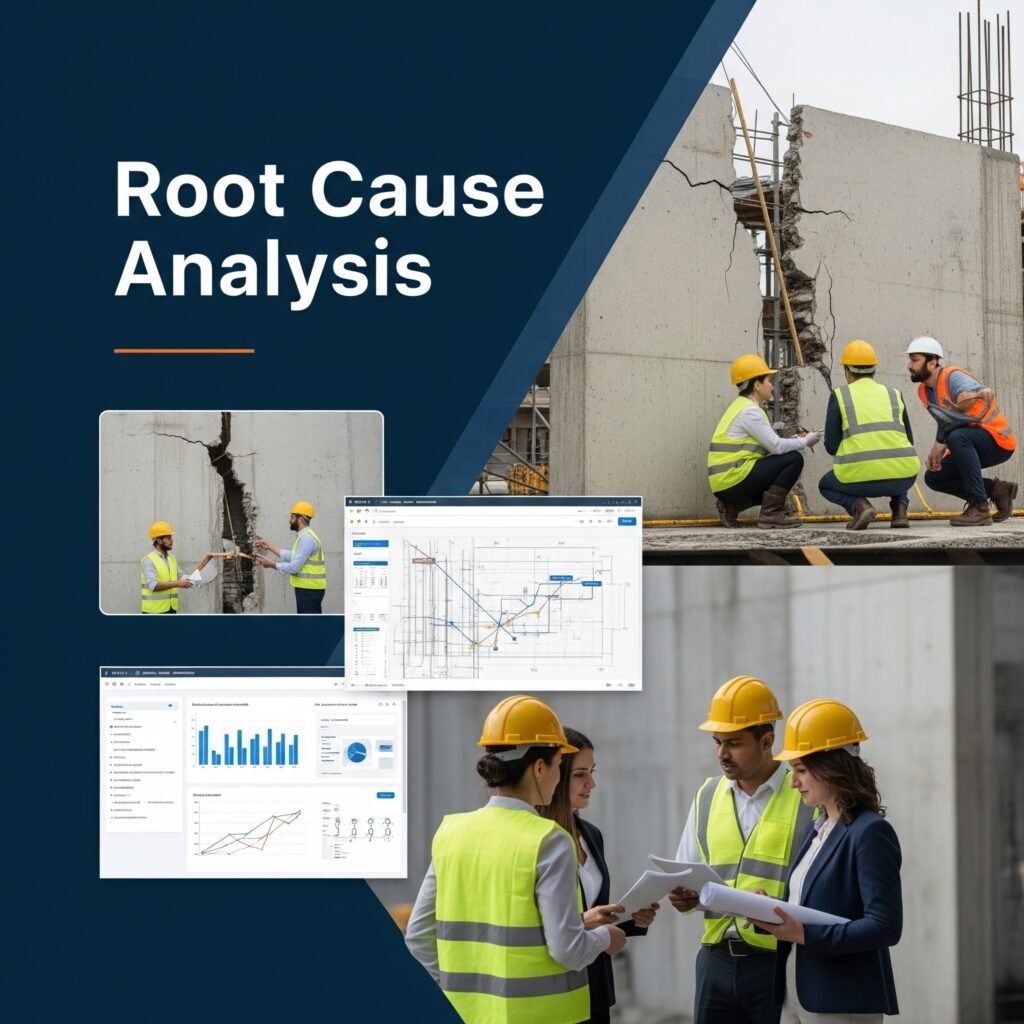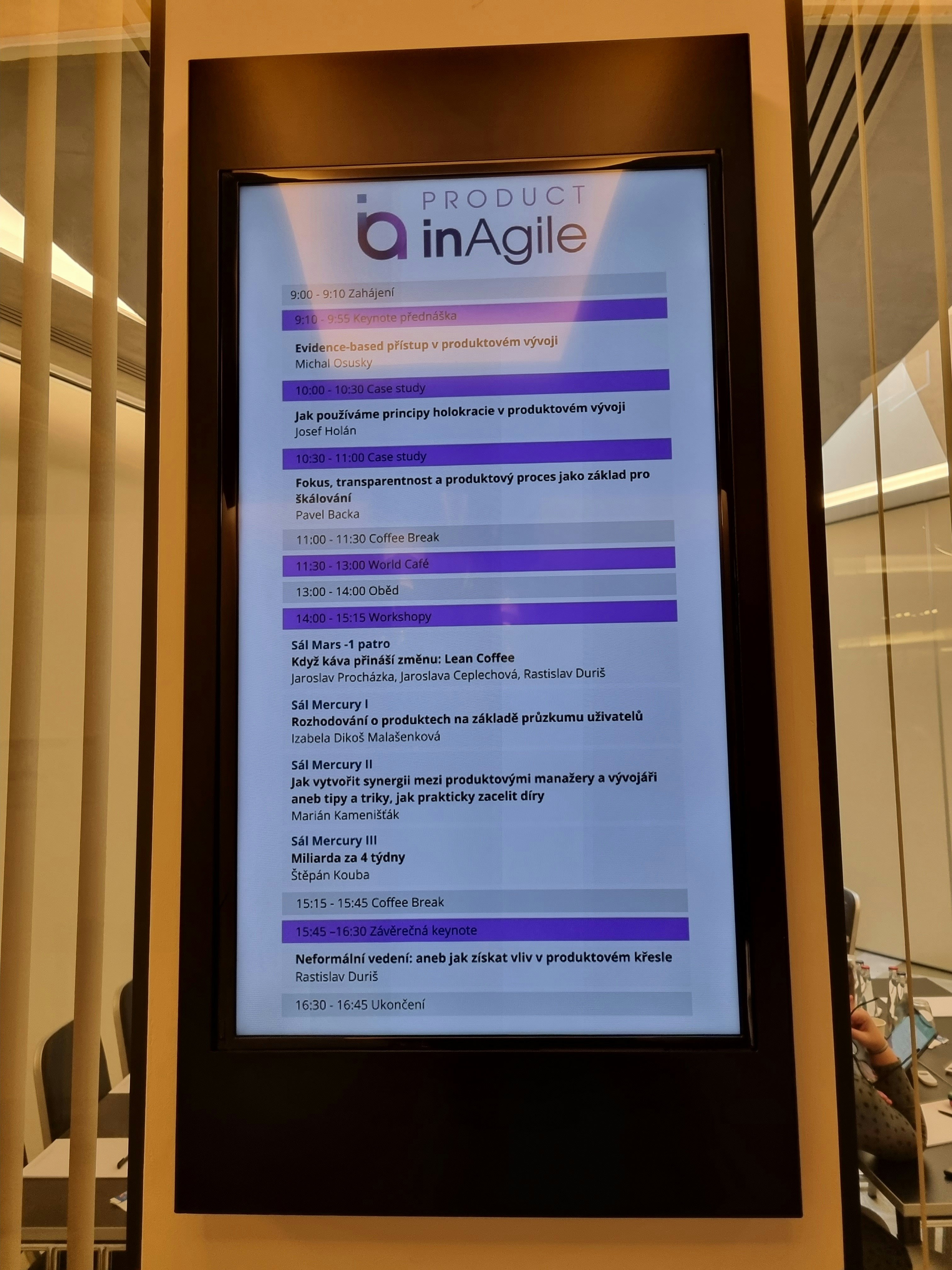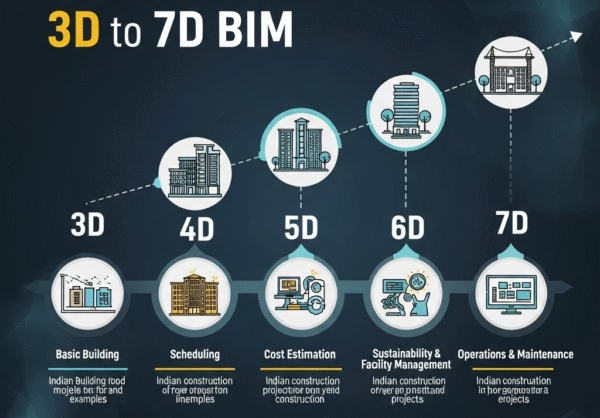Introduction
Construction contracts form the backbone of any successful building project, whether you’re constructing a residential home, commercial complex, or infrastructure project. A well-drafted construction contract with essential construction contract clauses as mentioned below protects both parties, prevents disputes, and ensures smooth project execution from start to finish.
In India’s rapidly growing construction industry, worth over ₹7 lakh crores, poorly drafted contracts lead to countless disputes, delays, and financial losses. According to industry reports, 70% of construction disputes arise from unclear contract terms, making it crucial to include comprehensive clauses that address every aspect of the project.
This guide is essential reading for real estate developers looking to protect their investments, construction professionals seeking to understand contract fundamentals, homeowners planning to build their dream house, and students studying construction management. Whether you’re a fresher entering the construction industry or an experienced professional, understanding these essential construction contract clauses will help you navigate projects more effectively.
Key Methodologies & Processes
Understanding Contract Development Process
The construction contract development follows a systematic approach aligned with Indian Contract Act 1872 and various IS codes. The process begins with project feasibility studies, followed by detailed design development, and culminates in comprehensive contract documentation.
Key standards governing construction contracts include:
- IS 456:2000 for concrete structures
- IS 1893:2016 for earthquake resistant design
- IS 875 for structural loads
- NBC 2016 (National Building Code)
- RERA Act 2016 for residential projects
Best Industry Practices Construction Contract Clauses
Leading construction companies follow standardized contract templates approved by institutions like FIDIC (Federation Internationale Des Ingenieurs-Conseils) and adapted for Indian conditions. The methodology involves risk assessment, scope definition, timeline planning, and dispute resolution mechanisms.
Material & Manpower Requirements
Typical Materials Specifications
Construction contracts must specify exact material requirements including:
- Cement: OPC 43/53 grade as per IS 8112/IS 12269
- Steel: Fe 415/Fe 500 grade as per IS 1786
- Concrete: M20/M25 grade as per IS 456
- Bricks: First class as per IS 1077
- Aggregates: Conforming to IS 383
Labor & Machinery Requirements
Contracts should define:
- Skilled labor categories (mason, carpenter, plumber, electrician)
- Semi-skilled and unskilled labor ratios
- Machinery specifications (concrete mixer, tower crane, excavator)
- Safety equipment and protocols as per IS 14489
Deliverables at Each Stage
Pre-Construction Phase
- Soil investigation reports
- Structural design drawings
- Building plan approvals
- Environmental clearances
- Contractor registration certificates
Construction Phase
- Daily progress reports
- Material test certificates
- Quality control checklists
- Safety compliance reports
- Milestone completion certificates
Post-Construction Phase
- As-built drawings
- Structural stability certificates
- Completion certificates
- Warranty documents
- Maintenance manuals
Top 10 Essential Construction Contract Clauses
1. Scope of Work (The Most Critical Clause)
The scope of work clause defines exactly what the contractor will deliver. This clause should include:
Detailed Description: Specify exact deliverables using technical terms. For example, “Construction of G+2 RCC framed residential structure as per IS 456:2000 with 9-inch external walls and 4.5-inch internal walls.”
Exclusions: Clearly state what’s not included to avoid future disputes. Common exclusions include interior painting, electrical fixtures, landscaping, or compound wall construction.
Drawings & Specifications: Reference all approved architectural, structural, and MEP drawings with revision numbers. Any deviation from approved plans requires written change orders.
Permits & Approvals: Define responsibility for obtaining building permits, environmental clearances, and utility connections. Typically, the owner handles statutory approvals while the contractor manages construction permits.
2. Payment Terms (Avoid Financial Disputes)
Payment clauses prevent the most common construction disputes. Structure payments to protect both parties:
Payment Schedule: Implement milestone-based payments tied to measurable progress. A typical schedule might be:
- 10% advance payment upon agreement signing
- 20% after foundation completion
- 25% after ground floor completion
- 25% after first floor completion
- 15% after finishing work completion
- 5% after final handover
Retention Money: Hold 5-10% of each payment as security until the defect liability period ends. This ensures contractor availability for rectification work.
GST & TDS Compliance: Clearly specify whether quoted amounts include GST. Define TDS deduction responsibilities and rates (typically 2% for contractors).
Late Payment Penalties: Include interest charges for delayed payments at 1.5% per month as per Indian Contract Act, protecting contractors from cash flow issues.
3. Project Timeline & Delays
Time-related clauses ensure project completion within agreed schedules:
Commencement Date: Fix a specific start date considering monsoon seasons, material availability, and permit approvals. Avoid vague terms like “immediately” or “as soon as possible.”
Completion Deadline: Set realistic completion dates with liquidated damages for delays. Typical damages range from ₹1,000 to ₹10,000 per day depending on project size.
Extension Clauses: Define valid reasons for timeline extensions including force majeure events, design changes, and unforeseen site conditions. Require written documentation for all extension requests.
4. Quality Standards & Compliance
Quality clauses ensure construction meets required standards:
Material Specifications: Specify exact brands or equivalent quality standards. For example, “Cement: ACC/UltraTech OPC 43 grade or equivalent conforming to IS 8112.”
Testing Protocols: Define testing frequencies and procedures. Concrete cube tests every 50 cubic meters, soil compaction tests every 100 square meters, and mandatory NABL-approved laboratory testing.
Defect Liability Period: Establish warranty periods for different components. RERA mandates 5 years for structural defects, while non-structural elements typically carry 1-2 year warranties.
5. Change Orders & Variations
Change management clauses handle project modifications:
Approval Process: Require written approval for all changes with detailed drawings and specifications. Verbal instructions should not constitute valid change orders.
Pricing for Variations: Pre-agree rates for additional work or establish a mechanism for rate determination. Include provisions for both additions and omissions.
Timeline Impact: Define how changes affect project completion dates and associated cost implications.
6. Termination Clauses
Provisions related to Termination Clauses, that protect both parties in extreme situations:
Termination for Cause: Include specific grounds such as contractor insolvency, persistent safety violations, or material breach of contract terms.
Termination for Convenience: Allow owners to terminate projects with adequate notice (typically 30-60 days) and fair compensation for work completed.
Exit Formalities: Define handover procedures including drawings, materials on site, and equipment removal responsibilities.
7. Dispute Resolution
Dispute resolution mechanisms prevent costly litigation:
Arbitration: Specify fast-track arbitration under the Arbitration and Conciliation Act 2015. Choose experienced arbitrators with construction industry knowledge.
Jurisdiction: Clearly state which city’s courts will have jurisdiction over disputes to avoid forum shopping.
Mediation Requirements: Mandate good faith negotiation and mediation before formal arbitration proceedings.
8. Force Majeure
Force majeure clauses address uncontrollable events:
Covered Events: Include natural disasters, pandemics, riots, government actions, and material shortages beyond contractor control.
Contract Suspension: Suspend performance obligations during force majeure periods without penalty implications.
Documentation Requirements: Require official government notifications or authoritative evidence to invoke force majeure provisions.
9. Insurance & Liability
Insurance clauses protect against various risks:
Contractor’s Insurance: Require comprehensive coverage including third-party liability (minimum ₹10 lakhs), workmen’s compensation, and equipment insurance.
Owner’s Insurance: Define owner’s responsibility for fire, theft, and all-risks insurance during construction.
Indemnification: Clearly allocate responsibility for different types of damages, accidents, and third-party claims.
10. Warranties & Handover
Final handover clauses ensure proper project completion:
Workmanship Warranty: Provide 1-2 years warranty for non-structural elements including plumbing, electrical work, and finishing materials.
Documentation: Require submission of as-built drawings, test certificates, equipment manuals, and maintenance schedules.
Training Requirements: Include provisions for training building occupants on HVAC systems, electrical panels, and safety equipment operation.
Stakeholders & Communication Matrix
Key Players in Construction Contracts
Primary Stakeholders:
- Project Owner/Developer
- Main Contractor
- Architect/Consultant
- Structural Engineer
- Government Authorities (Building Department, Fire Department)
Secondary Stakeholders:
- Subcontractors
- Material Suppliers
- Banks/Financial Institutions
- Insurance Companies
Communication Protocols
Establish regular communication schedules including:
- Weekly progress meetings with documented minutes
- Monthly financial reconciliation meetings
- Quarterly safety and quality review meetings
- Ad-hoc problem resolution meetings as required
All communications should be documented with copy to relevant stakeholders ensuring transparency and accountability.
Value Engineering Opportunities in Construction Contract Clauses
Cost Optimization Strategies
Material Substitution: Replace expensive materials with cost-effective alternatives without compromising quality. For example, using fly ash concrete instead of conventional concrete reduces costs by 15-20%.
Construction Method Optimization: Adopt prefabricated elements, modular construction techniques, and standardized designs to reduce labor costs and construction time.
Sustainable Alternatives: Incorporate eco-friendly materials like recycled aggregates, energy-efficient systems, and renewable energy sources. These may have higher initial costs but provide long-term savings.
Technology Integration: Use Building Information Modeling (BIM), project management software, and monitoring systems to improve efficiency and reduce waste.
Case Study: Residential Complex in Bangalore
Project Overview
A 50-unit residential complex in Bangalore faced significant challenges due to poorly drafted initial contracts, providing valuable lessons for proper contract structuring.
Initial Challenges
- Unclear scope definition led to disputes over finishing standards
- Absence of monsoon delay clauses caused timeline conflicts
- Inadequate payment terms created cash flow problems for contractors
- Missing quality specifications resulted in substandard work
Solutions Implemented
The project was restructured with comprehensive contracts including:
- Detailed scope with specific material brands and specifications
- Milestone-based payment schedule with retention money
- Comprehensive quality control procedures with third-party testing
- Clear dispute resolution mechanisms
Results & Key Takeaways
- Project completed only 2 months behind revised schedule
- Quality improvements reduced defect complaints by 80%
- Structured payment terms improved contractor performance
- Clear communication protocols prevented major disputes
Key learning: Investing time in proper contract development saves significant time, money, and stress during project execution.
Risks & Mitigation Strategies
Common Construction Risks
Schedule Delays: Caused by weather, material shortages, design changes, or permit delays. Mitigation: Build buffer time into schedules, maintain alternative supplier relationships, and establish clear change order procedures.
Cost Overruns: Result from scope creep, material price escalation, or unforeseen site conditions. Mitigation: Include price escalation clauses, conduct thorough site investigations, and maintain strict change control procedures.
Quality Issues: Arise from inadequate specifications, poor workmanship, or substandard materials. Mitigation: Implement rigorous quality control procedures, regular inspections, and mandatory testing protocols.
Legal Disputes: Emerge from unclear contract terms, payment disputes, or scope disagreements. Mitigation: Draft comprehensive contracts, maintain detailed documentation, and establish dispute resolution mechanisms.
Risk Assessment Tools
Use structured risk assessment matrices evaluating probability and impact of various risks. Develop mitigation strategies for high-priority risks and regularly update risk registers throughout project lifecycle.

Bonus: India-Specific Considerations
Regulatory Compliance
RERA Requirements: Projects over 500 square meters must comply with Real Estate Regulatory Authority requirements including project registration, standardized agreements, and defect liability periods.
Labor Compliance: Ensure compliance with Building and Other Construction Workers (BOCW) Act including welfare cess deductions and safety provisions.
Environmental Clearances: Obtain necessary environmental approvals for projects over specified thresholds as per Environmental Impact Assessment notification.
Regional Considerations
Monsoon Clauses: Include specific provisions for monsoon delays in coastal states like Kerala, Karnataka, and Maharashtra where construction activities are significantly affected by seasonal rains.
Local Labor Laws: Comply with state-specific labor regulations, minimum wage requirements, and working hour restrictions.
Material Availability: Consider regional material availability and transportation costs when specifying construction materials.
Conclusion & Further Reading
Well-structured construction contracts are essential for successful project delivery in India’s complex regulatory environment. The ten clauses outlined in this guide provide a comprehensive framework for protecting all parties involved in construction projects.
Key takeaways include the critical importance of detailed scope definition, structured payment schedules, comprehensive quality specifications, and clear dispute resolution mechanisms. These elements work together to create contracts that facilitate smooth project execution while protecting everyone’s interests.
Remember that construction contracts should be tailored to specific project requirements, local regulations, and stakeholder needs. Consider engaging experienced legal counsel and construction professionals when drafting contracts for significant projects.
For continued learning, explore resources from the Indian Institute of Architects, Institution of Engineers India, and Construction Industry Development Council. These organizations provide valuable insights into evolving industry practices and regulatory requirements.
Regular contract reviews and updates ensure alignment with changing regulations, market conditions, and industry best practices. Invest in proper contract development to lay the foundation for successful construction projects.




